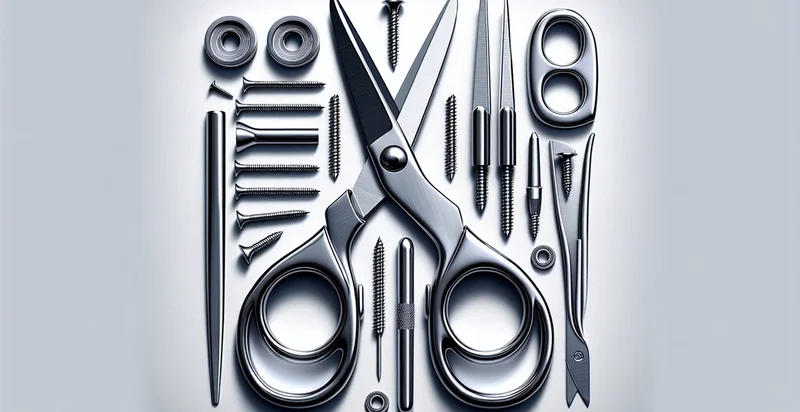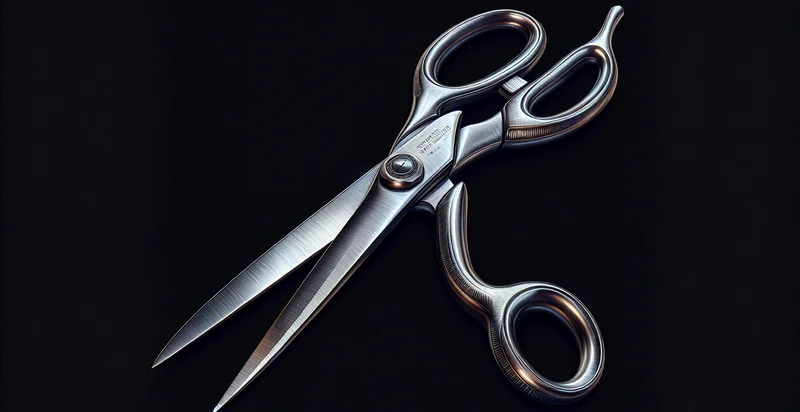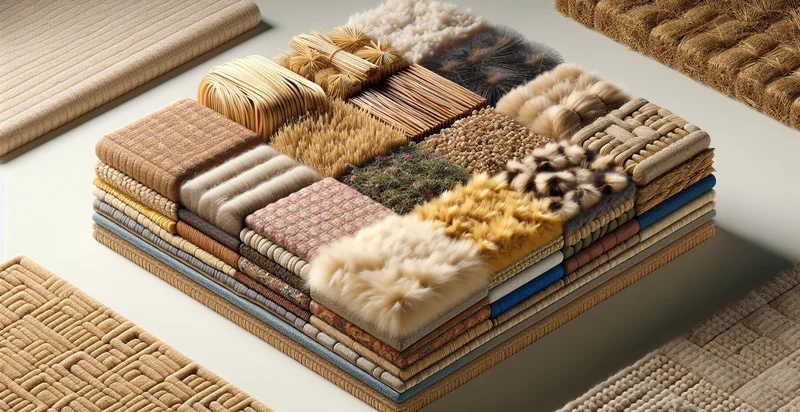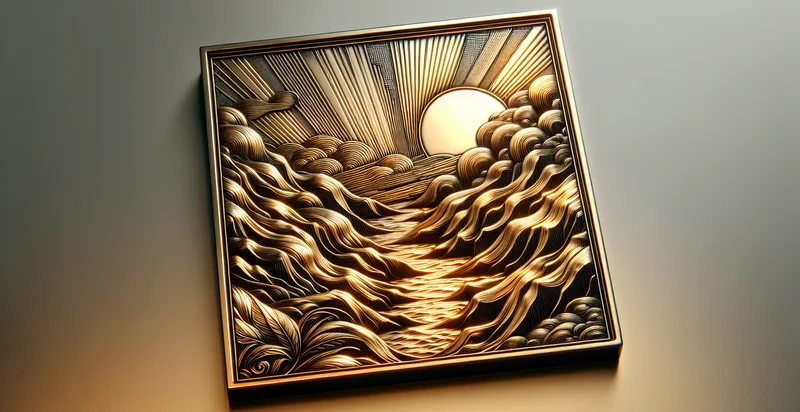Identify what material a scissors is made from
using AI
Below is a free classifier to identify what material a scissors is made from. Just upload your image, and our AI will predict what material a scissors is made from - in just seconds.

Contact us for API access
Or, use Nyckel to build highly-accurate custom classifiers in just minutes. No PhD required.
Get started
import nyckel
credentials = nyckel.Credentials("YOUR_CLIENT_ID", "YOUR_CLIENT_SECRET")
nyckel.invoke("what-material-a-scissors-is-made-from", "your_image_url", credentials)
fetch('https://www.nyckel.com/v1/functions/what-material-a-scissors-is-made-from/invoke', {
method: 'POST',
headers: {
'Authorization': 'Bearer ' + 'YOUR_BEARER_TOKEN',
'Content-Type': 'application/json',
},
body: JSON.stringify(
{"data": "your_image_url"}
)
})
.then(response => response.json())
.then(data => console.log(data));
curl -X POST \
-H "Content-Type: application/json" \
-H "Authorization: Bearer YOUR_BEARER_TOKEN" \
-d '{"data": "your_image_url"}' \
https://www.nyckel.com/v1/functions/what-material-a-scissors-is-made-from/invoke
How this classifier works
To start, upload your image. Our AI tool will then predict what material a scissors is made from.
This pretrained image model uses a Nyckel-created dataset and has 9 labels, including Aluminum, Carbon Steel, Ceramic, Plastic, Rubber, Stainless Steel, Steel, Titanium and Wood.
We'll also show a confidence score (the higher the number, the more confident the AI model is around what material a scissors is made from).
Whether you're just curious or building what material a scissors is made from detection into your application, we hope our classifier proves helpful.
Related Classifiers
Need to identify what material a scissors is made from at scale?
Get API or Zapier access to this classifier for free. It's perfect for:
- Quality Control in Manufacturing: Manufacturers of scissors can use the material identification function as part of their quality control process. By ensuring that the correct materials are used in production, they can minimize errors, reduce waste, and maintain product consistency.
- E-commerce Product Verification: E-commerce platforms can leverage the image classification function to verify the material of scissors listed by sellers. This would enhance trust with buyers by ensuring that product descriptions are accurate, thereby reducing product returns and increasing customer satisfaction.
- Recycling and Sustainability Initiatives: Waste management and recycling companies can implement this function to identify the material composition of discarded scissors. This would aid in sorting materials for recycling purposes, ensuring that the right processes are followed and promoting sustainable practices.
- Safety Compliance Checks: Regulatory bodies can utilize the material identifier to ensure that scissors meet safety standards related to the materials used. This function can help detect harmful substances and prevent unsafe products from reaching consumers, thereby protecting public safety.
- Supply Chain Transparency: Retailers can use the material classification function to gain better insights into their supply chain. By knowing what materials their suppliers are using, they can ensure ethical sourcing and compliance with environmental regulations.
- Consumer Education and Awareness: Scissors manufacturers can create applications that educate consumers about the various materials used in their products. By implementing the image classification function, consumers can upload images to learn about the materials, benefits, and proper care for their scissors.
- Competitive Analysis: Businesses in the stationery or crafting industry can use image classification to analyze competitors' products. By identifying the materials used in rival scissors, they can refine their own product designs, enhance material quality, and gain a competitive edge in the market.


